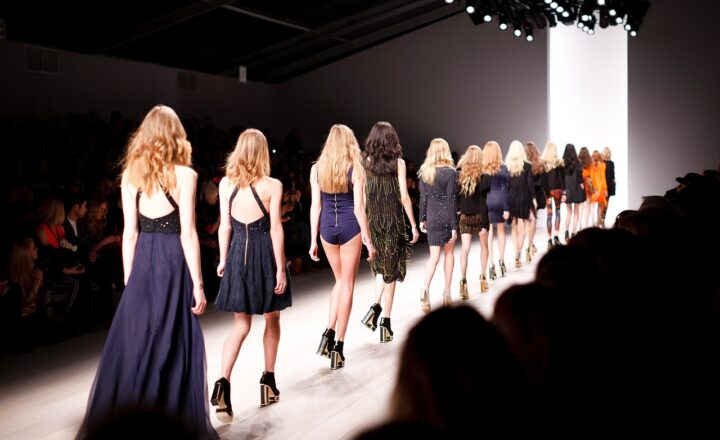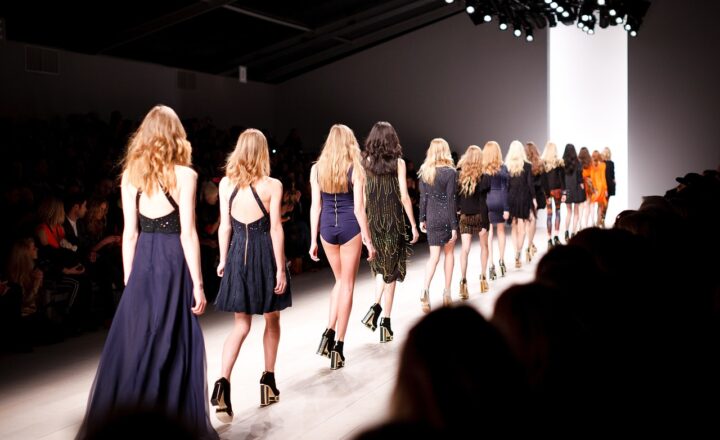The Surprising Connection Between High Heels and 17th-Century Men’s Fashion
November 15, 2024

High heels are often associated with women’s fashion today, but their origins tell a much different story. In fact, did you know that high heels were initially designed for men in the 17th century? Yes, you heard that right. The history of high heels is a captivating tale that reflects the evolution of fashion, gender roles, and societal norms, stretching back centuries. In this article, we’ll delve deep into the origins of high heels, their transformation over the centuries, and the surprising connection they have with men’s fashion in the 1600s.
1. The Origins of High Heels: A Practical Footwear Choice
High heels were first introduced in the fashion scene in the 10th century, originating as a practical piece of footwear for horse riders. Persian cavalrymen wore heeled shoes to help their feet stay in the stirrups, which provided better stability and control. As trade routes opened between Persia and Europe, these practical designs made their way to the Continent.
However, the rise of high heels as a fashionable choice began in the early 17th century when they were adopted by French aristocrats. The heeled shoes started to symbolize status and power, leading to an explosion of fashion statements across Europe.
2. High Heels in 17th-Century Men’s Fashion
During the reign of Louis XIV of France, men’s fashion took a bold turn, showcasing flamboyant styles. Louis XIV, known for his love of pomp and grandeur, famously wore red high heels that elevated his stature and symbolized his noble status. These heels weren’t just a functional piece of footwear; they became an iconic representation of masculinity and authority.
In fact, many European men from the aristocracy began to wear high heels, creating extravagant ensembles that included ornate embroidery, luxurious fabrics, and accessorized with buckles and ribbons. High heels then became a status symbol that distinguished noblemen from peasants. The higher the heel, the greater the social status the wearer claimed.
3. The Social Context: Gender Roles and Fashion
The transformation of high heels from men’s fashion to women’s attire is influenced by the historical context surrounding gender roles. As the 18th century progressed, societal changes started to redefine masculinity and femininity. By this time, men’s fashion shifted towards a more practical and less flamboyant approach.
Moreover, as women began to gain more prominence in social circles, their fashion choices started garnering attention. The high heel became associated with femininity, grace, and seduction. Paradoxically, as men abandoned high heels in favor of flat shoes and boots, women embraced this previously male-dominated fashion item, further transforming its identity.
4. Cultural Influences and High Heels
High heels soon spread beyond France and gained popularity in various cultures, including England and Italy, reflecting the cultural zeitgeist of the times. In England, for example, the late 17th and early 18th centuries saw men adopting wigs and elaborate clothing, while women began to wear heels as a way to appear more dainty and appealing.
Similarly, in Italy, high heels were often paired with lavish dresses and gowns, emphasizing the wearer’s social standing. This organic evolution showcased the adaptable nature of high heels as they encountered differing social and cultural dynamics.
5. The Decline of High Heels in Men’s Fashion
By the late 19th century, high heels had gradually disappeared from men’s fashion. The onset of industrialization ushered in an era of practicality, leading men to opt for sturdy and comfortable footwear. Influences from Victorian ideals of masculinity urged men to adopt styles that were more “manly” and functional, leaving high heels to the women.
Interestingly, during this transitional period, the styles of high heels evolved further, crafting an identity associated purely with women until today.
6. Modern Interpretations: Men in High Heels Today
Today, high heels have transcended their original gender boundaries, with more men exploring their fashion potential. While still relatively rare, male models, musicians, and fashion influencers have begun donning heels in contemporary styles, challenging traditional notions of masculinity. The emergence of gender-neutral fashion flexibility has paved the way for men looking to incorporate high heels into their wardrobes.
Social movements advocating for gender equality and freedom of expression are helping to reshape perceptions surrounding men’s fashion choices. While high heels as a standard for men’s fashion have not made a comeback, a resurgence in popularity amongst the fashion-forward and bold continues the conversation around their historical significance.
Conclusion: Fashion Beyond Gender
The journey of high heels from a practical tool for Persian cavalrymen to a symbol of aristocratic power during the reign of French kings speaks volumes about the fluidity of fashion and gender roles. As high heels transitioned from men’s footwear to women’s fashion, their significance has evolved alongside societal norms and cultural dynamics. Today, we see glimpses of history repeating itself as modern fashion embraces a more inclusive approach, allowing anyone to express themselves regardless of gender.
In closing, the connection between high heels and 17th-century men’s fashion signifies more than just a remarkable historical anecdote; it reflects the cultural, social, and psychological layers that bind human experiences through style and expression. Understanding this connection enriches our appreciation for fashion as a powerful form of individual and collective identity.







